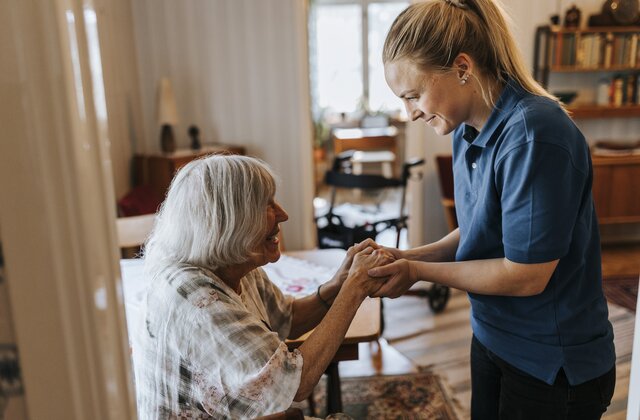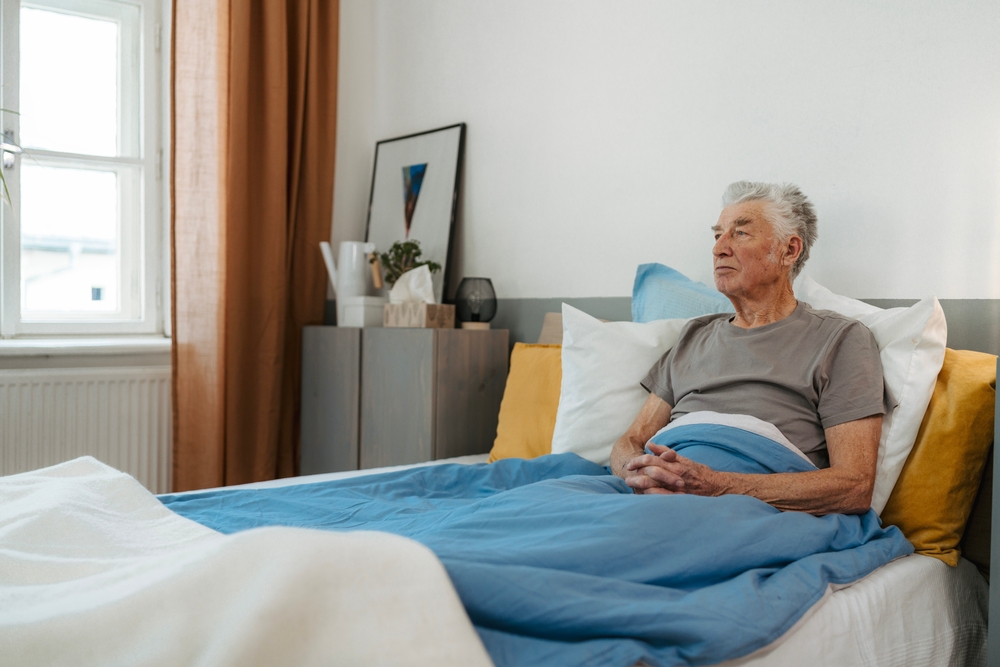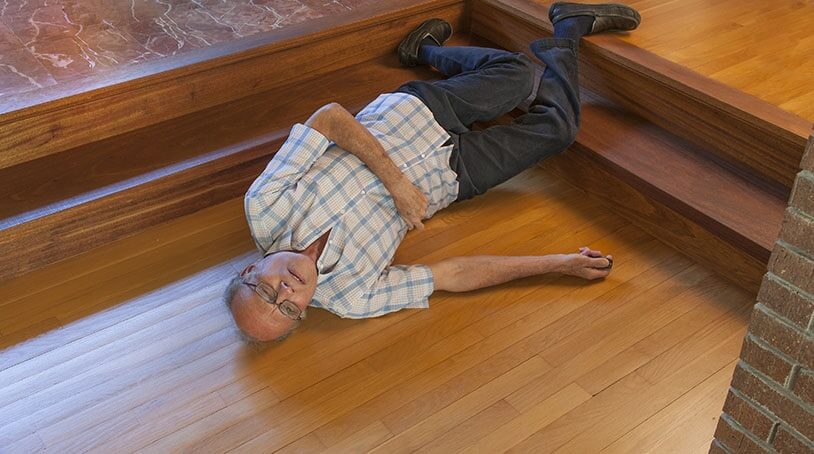As our loved ones age, ensuring their safety becomes a top priority. One of the major concerns for families is the risk of falls among seniors. Fall detection systems are crucial in providing peace of mind, but they can be costly. Fortunately, there are various financial assistance options available to help families afford these life-saving technologies.

Understanding the Importance of Fall Detection
Falls are one of the leading causes of injury among seniors. According to the Centers for Disease Control and Prevention (CDC), one out of four older adults falls each year, but less than half tell their doctor. Fall detection systems are designed to alert emergency services or family members when a fall occurs, allowing for a quicker response time and reducing the severity of injuries.
How Fall Detection Systems Work
Fall detection systems use a variety of technologies to monitor movement and detect falls. These systems can be wearable devices, like pendants or watches, or installed in the home using sensors. Some advanced systems even leverage IoT sensors to provide comprehensive monitoring without the need for cameras, ensuring privacy.
Exploring Financial Assistance Options
While the benefits of fall detection systems are clear, the cost can be a barrier for many families. Here are some options to consider for financial assistance:
Government Programs and Benefits
Several government programs offer financial support for seniors needing fall detection systems. Medicare and Medicaid may cover some aspects of fall detection, especially if prescribed by a physician. Additionally, the Veterans Affairs (VA) offers benefits for eligible veterans to receive financial aid for fall detection systems.
Non-Profit Organizations
Numerous non-profit organizations are dedicated to helping seniors live safely and independently. These groups may offer grants or low-cost services for fall detection systems. Its worth exploring local and national organizations to see what assistance they can provide.
Insurance Coverage
Some private insurance plans may cover part or all of the cost of fall detection systems. Its important to check with your insurance provider to see if this is an option. Additionally, long-term care insurance policies often include coverage for medical alert systems, which can include fall detection.
Community Resources
Local community centers, senior services, or area agencies on aging often have resources and information on financial assistance for seniors. They can provide guidance on available programs and help navigate the application process for financial aid.
Choosing the Right Fall Detection System
When selecting a fall detection system, consider the individual needs of the senior. Some systems offer more features than others, such as GPS tracking or integration with smart home devices. Visiting resources like Smart Elderly Care Solutions can provide insights into how technology is transforming independent living for seniors.
Wearable vs. Non-Wearable Systems
Wearable systems are popular for their portability and ease of use. However, non-wearable systems can offer a more comprehensive solution by monitoring the entire home environment. Understanding the pros and cons of each type can help in making an informed decision.
Privacy Considerations
Privacy is a significant concern for many seniors. Choosing a system that respects privacy while providing effective monitoring is crucial. Some systems, like those mentioned in Privacy-Friendly Solutions, offer excellent alternatives to traditional camera-based monitoring.
Implementing Fall Prevention Strategies
Beyond fall detection, implementing strategies to prevent falls can significantly reduce risks. Simple modifications in the home, such as removing tripping hazards, installing grab bars, and ensuring adequate lighting, can make a big difference. You can find more tips in the Fall Prevention Guide.
Regular Exercise and Balance Training
Regular exercise, especially activities that improve balance and strengthen muscles, can help prevent falls. Physical therapy or community exercise programs designed for seniors can be beneficial.
Medication Management
Reviewing medications with a healthcare provider to minimize side effects such as dizziness or drowsiness can reduce fall risk. Adjustments in medication can often be a simple yet effective strategy for fall prevention.
Conclusion
Investing in a fall detection system can provide invaluable peace of mind for families and contribute significantly to the safety and independence of seniors. By exploring the available financial assistance options and implementing preventive measures, families can ensure their loved ones are protected without facing financial strain.

FAQs
What is the best way to get financial assistance for fall detection systems?
Contacting local community services or area agencies on aging can be an excellent first step. They often have up-to-date information on available programs and can assist with the application process.
Are fall detection systems covered by insurance?
Coverage varies by provider. It’s essential to check with your insurance provider to determine if your plan includes fall detection systems.
How can I ensure privacy with fall detection systems?
Many systems now offer privacy-friendly options that do not use cameras. Researching and choosing the right system can help ensure that privacy is maintained while providing effective monitoring.
This article contains affiliate links. We may earn a commission at no extra cost to you.






